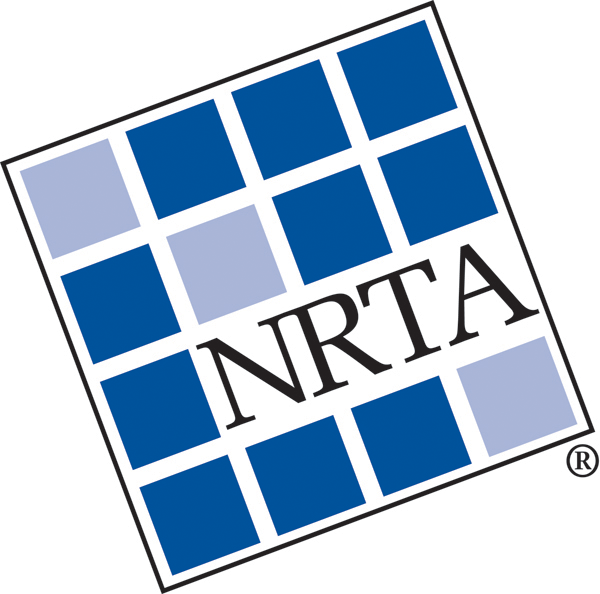An Original Article by Debbie Ravel, CPA
President, National Real Estate Tenants Association
For most tenants, whether you have a single lease or an entire portfolio the cost of leasing space is typically the most significant operating expense on your profit and loss statement. Unless you have a what is known as a “Gross Lease” which equates to paying one amount for all of your occupancy related expenses (including base rent and any ancillary charges), there is a good chance you may be overpaying for leasing your space. Regardless of the type of industry you are in, retail, restaurant, office, medical, warehousing – if your lease(s) includes the payment of your share of certain variable expenses there is an opportunity for overcharges. The words in your lease have meaning. Minimizing the risk of overpaying by confirming your billings are in compliance with your lease should be a priority for any and all tenants.
Think about how many lease amendments and modifications have been negotiated over the past two years. From layoffs to retirements, COVID has overwhelmingly affected the workforce. Due to limited bandwidth, we are confronted with prioritizing tasks which prior to COVID were ‘normal’ day to day operating procedures easily performed. These factors have challenged the world of Lease Administration. Employees are faced with doing more with less, resulting in a greater probability of errors in landlord billed occupancy expenses.
As tenants, now more than ever it is important to scrutinize your occupancy expense billings. The question is, when is the best time to review the expenses – prior to paying the reconciliations, or by performing full audits after the invoices have been paid?
The financial impact of COVID has made auditing expenses after they are paid extremely challenging. Audit rights in leases are heavily negotiated and more restrictive than they were in the past. Many landlords do not have resources readily available to assist with providing the audit information. Even after the audit is performed and the report is submitted, competing priorities, among other things, continue to challenge the timeliness of the Landlord’s response and the ability to negotiate a settlement. Another age-old hurdle is the significance of the overcharges identified. In many cases Landlords are reluctant to agree to smaller dollar claims knowing that the claim value will not lead to Tenants engaging legal assistance to pursue the overcharge. Unfortunately, this results in many audits never being settled and the identified overcharges not recovered.
The benefits of integrating a desktop review process into your invoice payment procedures are more valuable than ever before. In today’s environment, Landlord’s want their bills paid as soon as possible and are more apt to cooperate with Tenant’s information requests in order to expedite the Tenant’s payment. This leverage is not available to a Tenant once the invoice is paid. Overcharges identified and agreed to during the desktop review process can be offset against the amount due, resulting in a timely reduction in occupancy expenses hitting the bottom line and Tenant’s reserving their cash flow.
Many leases require Tenants to remit payments within a certain number of days from receipt of an invoice. A Landlord may decide to enforce this provision as a way to avoid cooperating with a Tenants billing questions or just refuse to cooperate in general. Responses of this nature should serve as a red flag for the Tenant to pay as billed to avoid a potential default and identify the lease for a full leasehold audit in the future.
Overall, the savings from an efficient desktop review process should outweigh the costs involved in developing and implementing the program. Of course, the results will vary based on the language in each lease. It may be worthwhile to select a small population of your leases on a trial basis to prove the results will be beneficial to the bottom line. Another option is to engage outside consultants on a contingency fee basis to perform this work. In the end, your legal and real estate teams work hard to negotiate the language in each and every one of your leases; implementing a “right fit” lease compliance process is essential to maximizing the benefits of your lease provisions.
